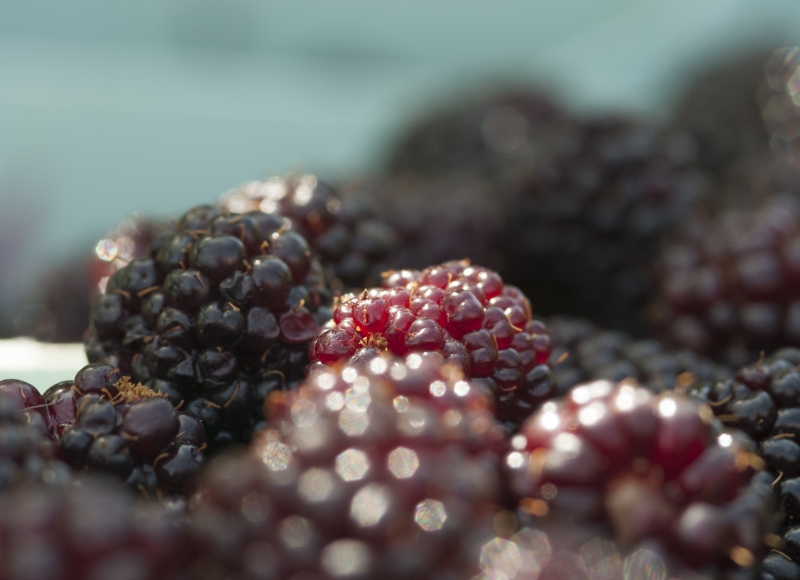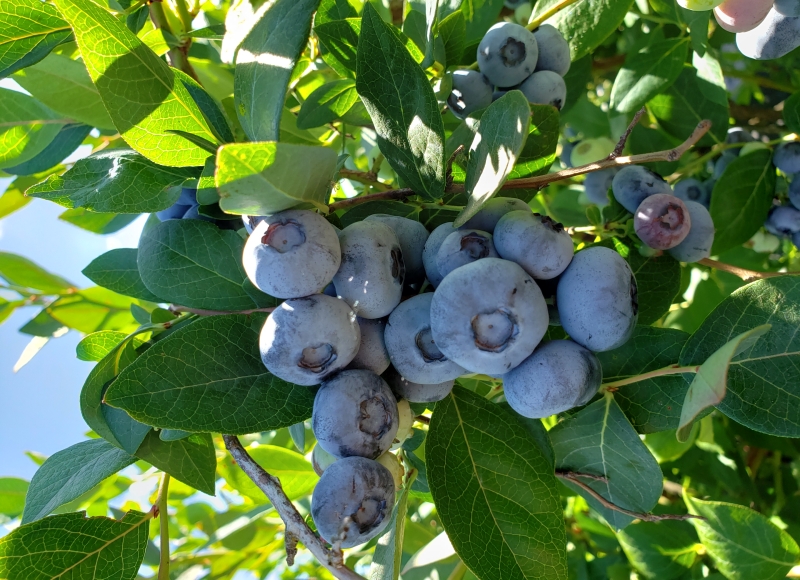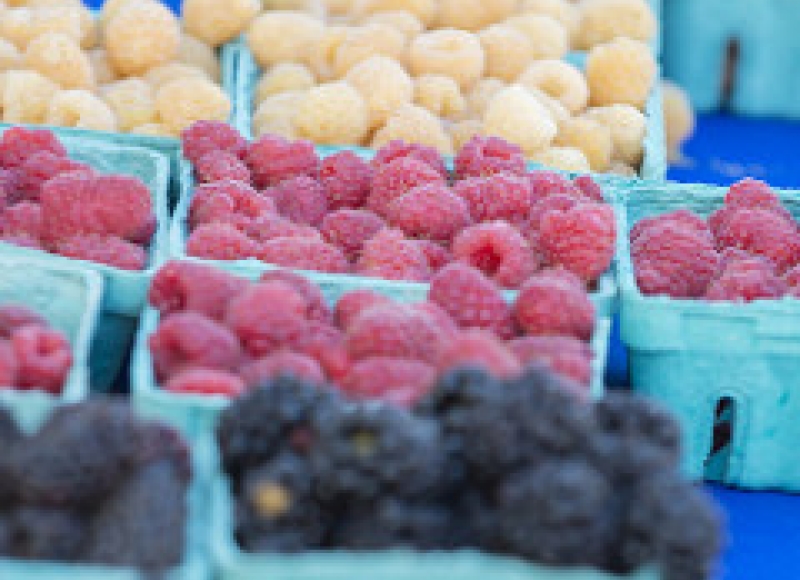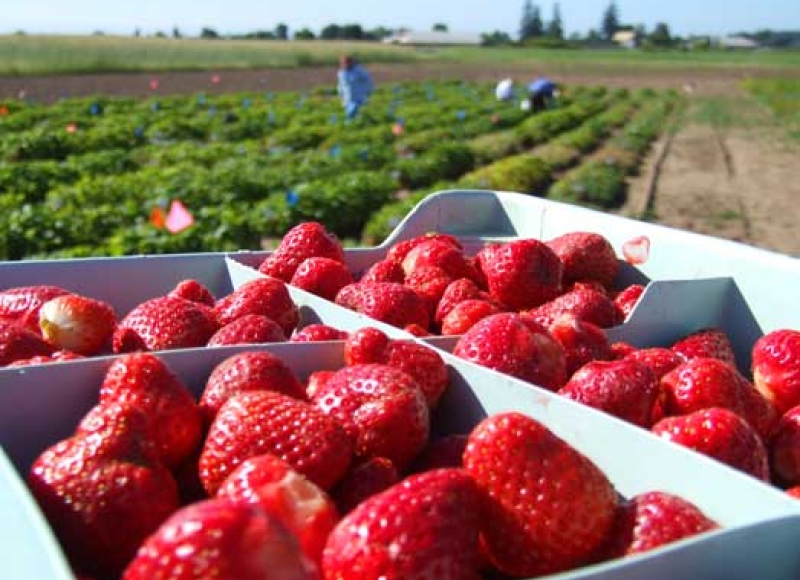Connecting Berry Health Benefit Researchers
Scientific research findings and consumer awareness of the healthy benefits of eating berry fruit are rapidly increasing. It is an important time to connect researchers working in common areas for the purpose of sharing information about their respective projects, findings and methodologies. In addition, it is the intention of this network to develop and deliver guidelines to consumers that promote good health relative to berry fruits.
Thus, the emphasis of this website is to exchange scientific and technical information of berry fruit, and targeted audiences are scientists, R&D, nutraceutical entrepreneurs, and health professionals.




